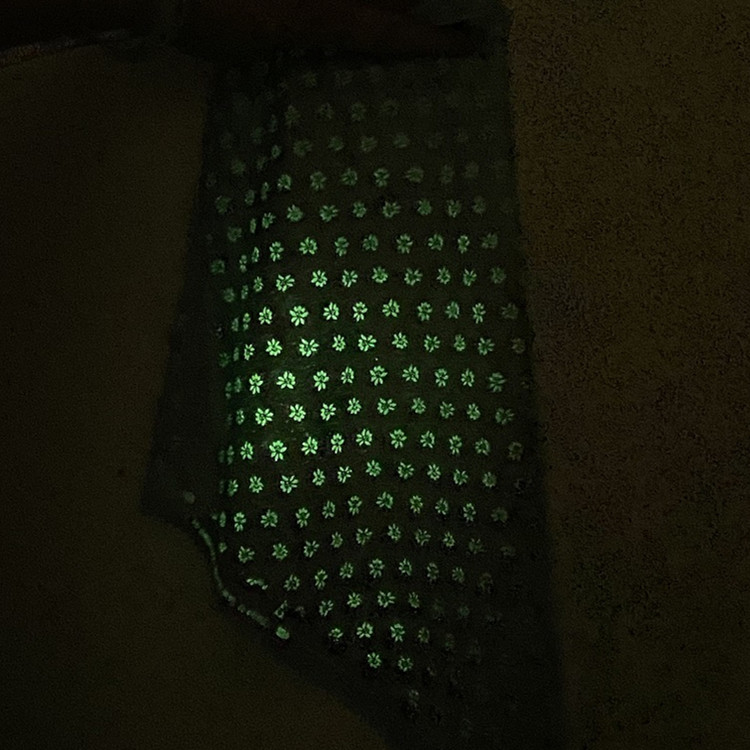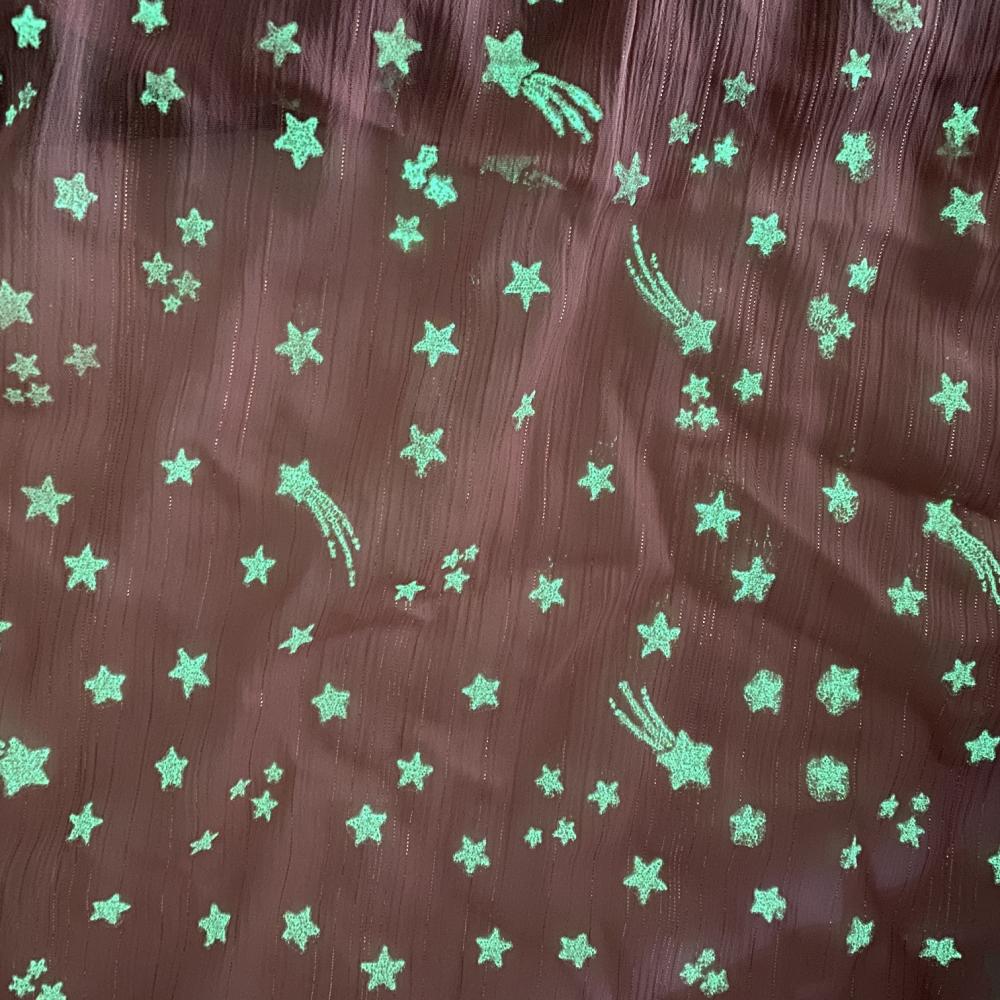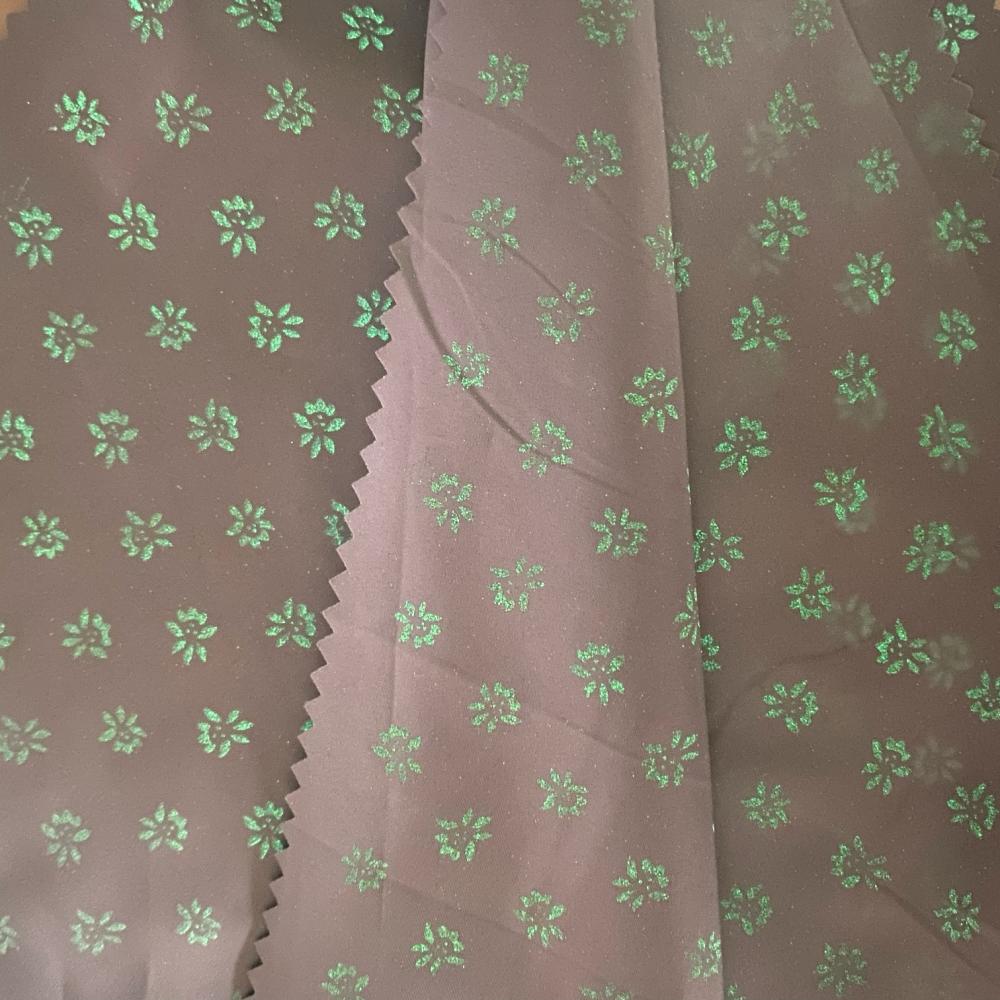Introduction to the production method of spandex knitted fabric
Introduction of the production method of spandex knitted fabrics, spandex fiber overcomes the quality defects such as stress and strain performance, the range of counts and the moldability of rubber yarn. The dry spinning of DUPONT was the first to be used. To date, there are roughly four production methods:
Dry spinning
(DRY SPIsNNING): A method in which a solution is solidified by a solvent under the hot air flow.
Production process: solution (passing)----spinning pump (filtering)
---- Drying box (100 °C hot air blowing, the solution is volatilized) ---- Spinning----Winding forming spinning speed: 200-800M/min spinning temperature: 200-230 °C
Fiber denier: 22.2 ~ 1244dtex
Adoption: DUPONT, Bayer, Toyo spinning characteristics: process pollution, complex process and high cost.

Melt spinning
(MELT-SPINsNING): A method in which a polymer is heated to a melting point or higher to form a melt.
Production process: Polymer polymerization in the absence of solvent----granulation----slicing at constant temperature----cleaning and removing impurities----drying----dehydration----into the screw press It is made into a solution----spinning plate extrusion----cooling through a cold box----winding forming.
Spinning speed: spinning temperature from 6001 to 16010 M/min: 1601 to 2210 °C
Fiber fineness: 9 ~ 1100dtex
Adoption: Bell spinning, Bayer, Nisshin spinning characteristics: short process, low cost, low pollution, wet spinning
(WET-SPINNING): A method in which a raw liquid is solidified into a filament by a double diffusion action in a coagulation bath.
Production process: stock solution----spinning pump (filtration)----into the warm water from the spinneret (below 90 °C)----regeneration tank coagulation bath----solvent--- - Silk strip washing - drying - winding forming.
Spinning speed: from 50 to 150 M / min Spinning temperature: 90 ° C or less warm water fiber fineness: 44 ~ 440 dtex
Adoption: Japanese Fuji spinning characteristics: This method produces large pollution, slow spinning speed and high cost.
The chemical reaction method is a method in which a polymer is formed into a solution by a chain extender to cause a chemical reaction to form a filament.
Production process: solution ---- to the coagulating liquid through the spinning plate----adding chain extender (chemical reaction)----winding forming----hardening---processing into the net fiber.
Spinning speed: from 50 to 150 M / min Fiber denier: 44 to 80 dtex
Adoption: American Global Characteristics: The process produced by this method is highly polluting and costly.
Special fabrics are divided into special fabrics and special processes. Fabric in particular refers to the newly invented fibers that can be used as fabrics. Special process refers to special processing, such as flame retardant, anti-static, wrinkle resistant, wear-resistant, reflective, luminous and other processes.
Our company is located in Shengze, Suzhou, a historical and famous Silk City in the Yangtze River Delta Economic Zone of China, which is renowned as "a place can produce and provide ten thousand pieces of cloth to world every day". With the well-developed and convenient transportations and the complete industrial supply chains, the company can always provide the best products, study new varieties and services to all our customers both home and abroad.



Special Fabric,Specialty Fabrics,Reflective Printing Fabric,Nylon Reflective Printing Fabric
SUZHOU GUANGDELI RUBBER AND PLASTICS CO.,LTD , https://www.guangdelileather.com